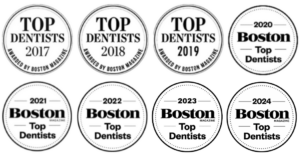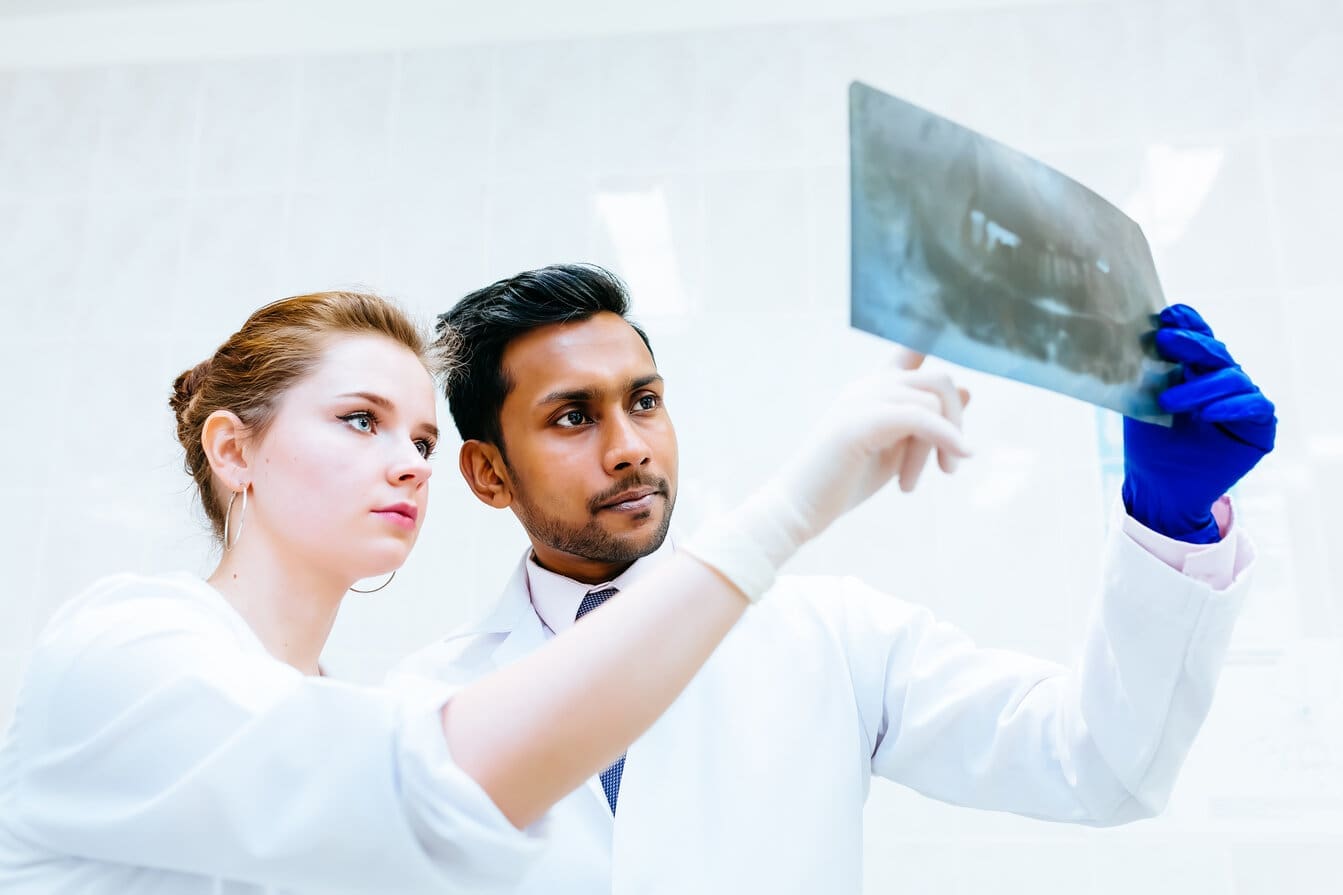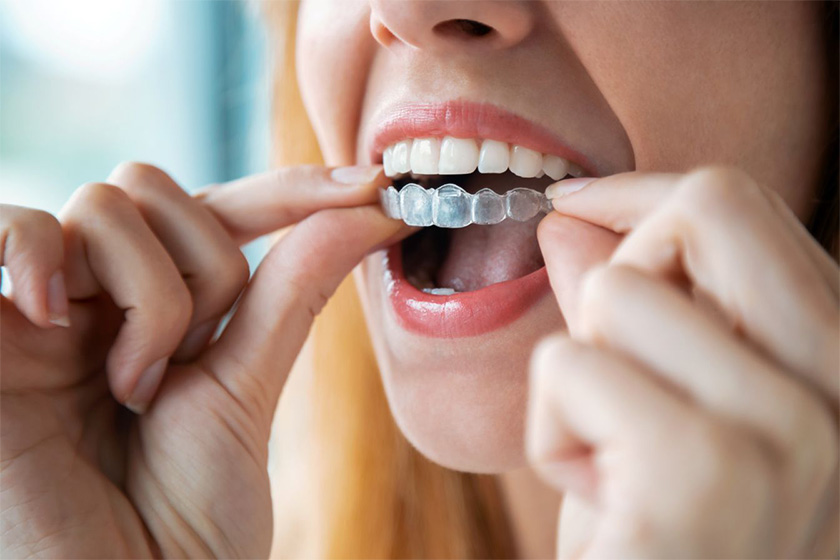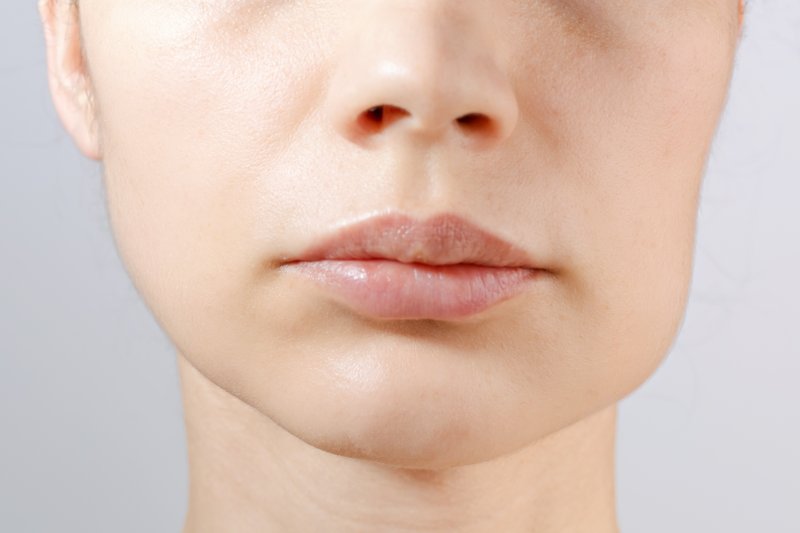X-rays are a popular technology capable of showing us what’s beneath our skin without having to do surgical procedures. It does this by using high-energy electromagnetic radiation, which passes through all our soft tissues, being absorbed by anything denser and resulting in a still image. This still image, printed onto a special film or viewed with the help of digital sensors, is what medical professionals then use to advise their patients accurately.
So what does this have to do with dental care? The thing is, our teeth and the whole of our mouth are perfect candidates for x-rays since dentists won’t want to immediately do surgical procedures in an individual’s mouth.
Should they feel that the problem lies somewhere deeper than the surface, a dentist can use x-rays for non-invasive action, developing a better idea of what to do in that specific patient’s case.
The Importance of X-Rays in Dental Visits
While dentists are experts in their profession, they can always benefit from using technology to aid them in their practice. X-rays are just one of these available tools that make the dentists’ job easier. The best part is that it can detect both physical damages as well as any diseases. This versatility is what makes an x-ray a necessary piece of equipment for any dental clinic.
With all those benefits, it goes to show that patients shouldn’t worry if their dentist suggests using x-rays during their visits. It’s a perfectly safe technology that can help prevent underlying diseases from sneaking past our oral exams. After all, not all conditions manifest themselves in a way that we will be able to see for ourselves.
Comparing Diagnostic X-Rays and Therapeutic X-Rays
What most people don’t know about x-rays is that there’s more than one use for them. That said, if your dentist suggests the need for an x-ray, don’t readily assume that it will only be to take a peek into your bone structure. You can expect x-rays to be either for therapeutic use or for diagnosis.
Therapeutic x-rays are what will be most commonly used for general dental care. These are relatively standard when coming in for a cleaning and oral exam. These are meant to give the dentist a more detailed view of your mouth, helping them clean all the necessary areas and find signs of issues that need more attention.
Diagnostic x-rays, on the other hand, are usually reserved for more serious dental treatments. These are meant to get a detailed and accurate image of the tooth, from the root all the way to the crown. In cases of root canals, for example, a periapical x-ray might be used by your dentist as this gives them an image of your tooth in full detail.
Commonly, a dentist will take panoramic x-rays to give them a good look at all of your teeth.
An alternative to this is the bitewing x-ray which instead focuses on a more specific area.
Conclusion
At the end of the day, the goal is to make sure your teeth are in the best shape and that your mouth is as clean as it can be. This entails work on your part but don’t worry—the heavy lifting will be taken care of by your dentist. As long as you give your dentist the trust that they deserve, you should find that dental visits are a lot easier than you imagined.
If you’re looking for a dentist in Lexington, then you’ve come to the right place. Established in 1991 by Dr. Fawn Rosenberg, Lexington Smile Studio sets the standards for exceptional care where we provide a full range of dental services for your entire family. Our dental services include cosmetic dentistry, prosthodontics, implant dentistry, periodontics, and laser dentistry. For more information on what we can do for you, visit our website today!






